Home>Articles>How Much Does It Cost To Get New Siding On A House
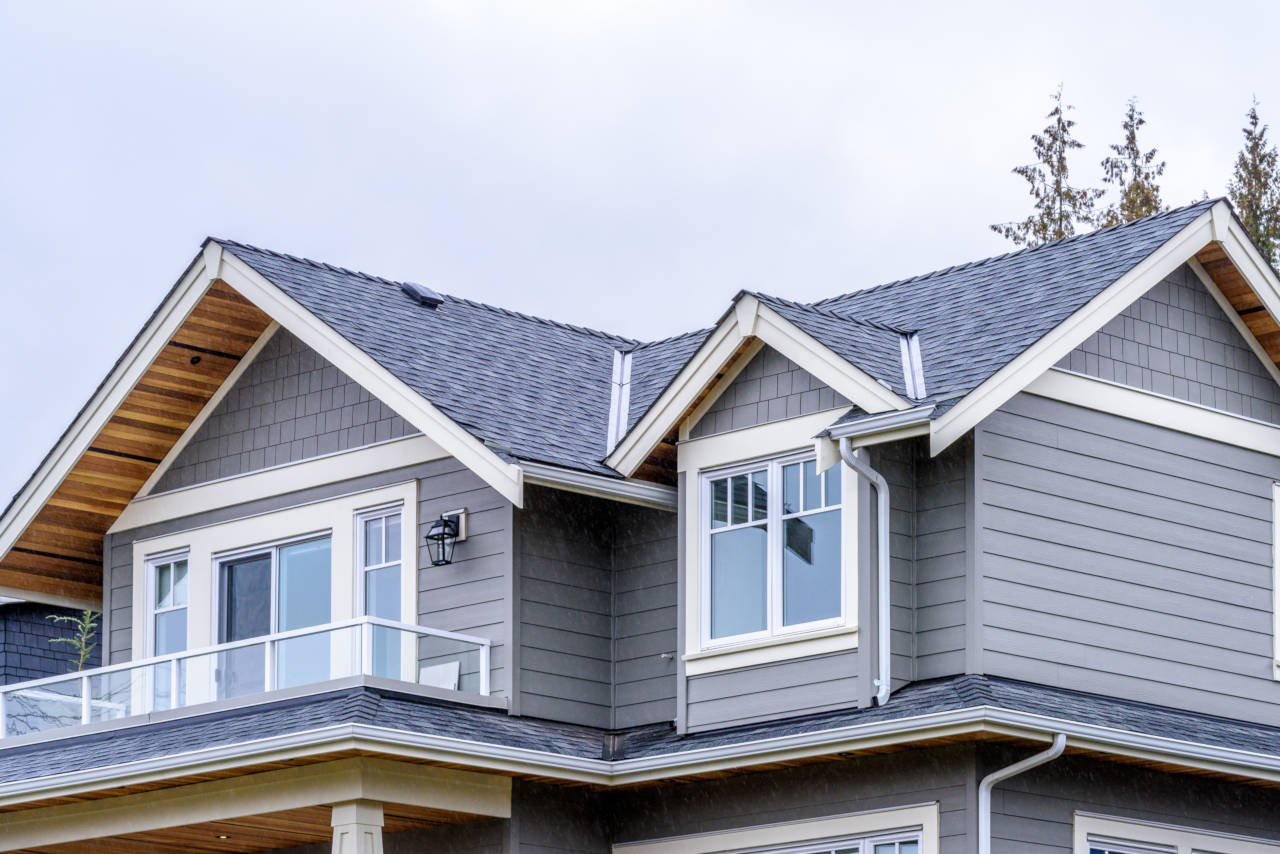

Articles
How Much Does It Cost To Get New Siding On A House
Modified: January 18, 2024
Looking for articles on the cost of getting new siding on a house? Find out the average expenses and factors to consider for your siding project.
(Many of the links in this article redirect to a specific reviewed product. Your purchase of these products through affiliate links helps to generate commission for Storables.com, at no extra cost. Learn more)
Introduction
When it comes to enhancing the curb appeal and protecting your home, replacing the siding is a crucial project to consider. The condition and appearance of your house’s exterior play a significant role in its overall value and attractiveness. If your existing siding is outdated, damaged, or simply in need of a refresh, investing in new siding can bring a fresh and modern look to your home.
However, before diving into the world of siding options and installation, it’s essential to understand the costs associated with this project. The cost of getting new siding on a house can vary depending on various factors, including the size of the house, the chosen material, the complexity of the installation, and the location.
In this article, we will explore the factors that affect the cost of siding installation, different material options for house siding, the costs of each material, additional expenses to consider, labor costs, and some cost-saving tips to help you make an informed decision.
By the end of this article, you’ll have a clearer understanding of the cost factors involved in getting new siding on your house, and you’ll be better equipped to plan your budget for this home improvement project.
Key Takeaways:
- Investing in new siding for your house is a significant project that can enhance curb appeal, durability, and home value. Understanding the cost factors and material options is crucial for informed decision-making.
- Consider cost-saving strategies such as comparing quotes, choosing cost-effective materials, and taking advantage of seasonal sales to achieve a balance between affordability and quality for your siding installation project.
Read more: How Much Does It Cost To Siding A House
Factors Affecting the Cost of Siding Installation
Several factors can influence the cost of installing new siding on your house. Understanding these factors will help you estimate the overall expenses associated with your project and make informed decisions. Let’s take a closer look at the key factors that can affect the cost of siding installation:
- Size of the House: The size of your house is one of the primary factors that impact the cost of siding installation. Generally, the larger the house, the more materials will be required, resulting in higher costs.
- Chosen Material: The material you choose for your house siding will significantly affect the overall cost. Different siding materials come at various price points, with some being more affordable than others. While vinyl siding tends to be more cost-effective, premium materials like fiber cement or natural wood can be more expensive but offer enhanced durability and aesthetics.
- Complexity of Installation: The complexity of the installation plays a role in estimating the cost. If your house has unique architectural features, such as intricate trim or a complex layout, the installation process may require additional labor and time, which can increase the overall cost.
- Location: The cost of siding installation can also vary based on your location. Labor rates and material prices can differ from one region to another. Additionally, factors like climate and local building regulations can impact the overall cost.
- Removal and Disposal of Existing Siding: If you have existing siding that needs to be removed before installing the new one, this additional step will add to the total cost. The cost of labor and disposal fees for the old siding should be factored into your budget.
- Additional Preparatory Work: Depending on the condition of your house’s exterior, there may be additional preparatory work required before the installation. This can include repairs to the underlying structure, replacement of damaged sheathing, or addressing any issues with moisture or insulation. These extra tasks can increase the overall cost.
- Customization and Extras: If you desire any customization or extras for your new siding, such as decorative trims, window accents, or specific color finishes, these additions will also impact the final cost. Customized elements often require additional materials and labor, which can drive up the expenses.
Keep in mind that each house is unique, and the cost of siding installation will vary based on these factors. It is recommended to consult with a professional contractor to assess your specific requirements and get an accurate estimate for your project.
Material Options for House Siding
Choosing the right siding material can significantly impact the aesthetics, durability, and maintenance requirements of your home. There are various options available in the market, each with its unique characteristics and price points. Here are some popular material options for house siding:
- Vinyl Siding: Vinyl siding is one of the most widely used and cost-effective options. It is low-maintenance, versatile, and comes in a range of colors and textures. Vinyl siding is resistant to fading, cracking, and insect damage, making it a popular choice for homeowners.
- Fiber Cement Siding: Fiber cement siding is a durable option that combines the appearance of wood with the low maintenance of other materials. It is insect-resistant, fire-resistant, and can withstand harsh weather conditions. While fiber cement siding tends to be more expensive than vinyl, it offers exceptional longevity.
- Natural Wood Siding: Natural wood siding provides a timeless and classic look to your home. It offers a warm and inviting appeal, with options like cedar, pine, and redwood. Wood siding requires regular maintenance, including sealing, staining, or painting, to protect it from moisture and natural decay.
- Engineered Wood Siding: Engineered wood siding is a more affordable alternative to natural wood. It is made from wood fibers, treated for enhanced durability and resistance to moisture and pests. Engineered wood siding comes in various styles and finishes, offering a similar aesthetic to natural wood without the higher maintenance requirements.
- Aluminum Siding: Aluminum siding is lightweight, durable, and rust-resistant. It is available in a range of colors and can mimic the look of other materials, like wood or stucco. Aluminum siding requires minimal maintenance and offers good insulation properties.
- Brick Siding: Brick siding provides a classic and elegant look to your home. It is a durable and low-maintenance option that can last for decades. While brick siding can be more expensive initially, it offers exceptional longevity and can increase the value of your home.
- Stone Veneer Siding: Stone veneer siding adds a luxurious and upscale feel to your home’s exterior. It is a lightweight option that replicates the look of natural stone without the high cost. Stone veneer siding can be used as an accent or for the entire exterior, giving your home a sophisticated appearance.
Each siding material has its own advantages, disadvantages, and price range. Consider factors such as durability, maintenance requirements, aesthetics, and budget when selecting the material that best suits your needs and preferences.
Consulting with a professional siding contractor can provide valuable insights and guidance in choosing the most suitable material for your house.
Cost of Different Types of Siding Materials
The cost of siding materials can vary significantly depending on the quality, durability, and aesthetics they offer. Here’s a breakdown of the average cost range for different types of siding materials:
- Vinyl Siding: Vinyl siding is one of the most affordable options, with costs ranging from $3 to $8 per square foot. The cost can vary based on the quality of the vinyl, thickness, and additional features like texture or insulation.
- Fiber Cement Siding: Fiber cement siding is a durable and long-lasting material, with costs ranging from $5 to $12 per square foot. The overall cost depends on the brand, style, and thickness of the fiber cement panels.
- Natural Wood Siding: Natural wood siding offers a timeless and natural look, but it comes with a higher price tag. The average cost ranges from $8 to $20 per square foot, depending on the type of wood, grade, and style.
- Engineered Wood Siding: Engineered wood siding provides a more affordable alternative to natural wood, with costs ranging from $5 to $10 per square foot. The cost can vary based on the brand, texture, and finishes.
- Aluminum Siding: Aluminum siding is a cost-effective option, with prices ranging from $3 to $7 per square foot. The cost may increase if you opt for premium finishes or insulated panels.
- Brick Siding: Brick siding is a premium choice that comes at a higher cost. The average price can range from $10 to $30 per square foot, depending on the type of bricks used and the intricacy of the installation.
- Stone Veneer Siding: Stone veneer siding is a luxurious option that adds elegance to your home. The cost varies from $10 to $30 per square foot, depending on the type of stone veneer and the complexity of the installation.
It’s important to note that these are average costs, and the actual cost of your siding project may vary based on factors like location, labor rates, additional customization, and any preparatory work required. It is recommended to obtain quotes from multiple contractors and compare their estimates to get a better understanding of the total cost for your specific project.
Additionally, keep in mind that while some materials may have a higher upfront cost, investing in high-quality, durable siding can save you money in the long run by minimizing maintenance and replacement expenses.
Consider your budget and the desired characteristics of the siding material to make an informed decision that aligns with your needs and preferences.
When budgeting for new siding, consider the material, labor costs, and any additional features like insulation or trim. Get quotes from multiple contractors to compare prices.
Additional Costs to Consider
While the cost of siding materials plays a significant role in your budget, there are additional expenses associated with the installation process that you need to consider. These costs can vary depending on your specific project requirements. Here are some additional costs to keep in mind:
- Permits and Regulations: Before starting the siding installation project, you may need to obtain permits from your local authorities. These permits typically come with a fee, so it’s essential to factor them into your budget. Additionally, certain neighborhoods or communities may have specific regulations or homeowner’s association fees that you need to consider.
- Removal and Disposal: If you already have existing siding on your house, it will need to be removed before the new siding can be installed. The labor involved in removing the old siding and the cost of disposal can add to the overall expenses. The amount will depend on the type of siding being removed, the size of your house, and the local disposal fees.
- Preparation and Repairs: Depending on the condition of your house’s exterior, there may be additional preparatory work required before the installation. This can include repairing or replacing damaged sheathing, addressing any underlying structural issues, or improving insulation. These extra tasks may require additional materials and labor, which can increase the overall cost.
- Trim and Accessories: If you want to add decorative trims, corner pieces, or other accessories to enhance the aesthetics of your siding, these elements will come at an additional cost. Customized or specialized trim pieces may need to be ordered separately, increasing the overall expense of the project.
- Insulation: Proper insulation is crucial for energy efficiency and maintaining a comfortable indoor environment. Depending on the type of siding material chosen, additional insulation may be required. The cost of insulation should be factored into your budget if it’s not included in the siding material itself.
- Extra Labor: In some cases, unexpected issues or complexities during the installation process may require additional labor. Factors such as the presence of obstructions, intricate architectural details, or challenging working conditions can contribute to extra labor costs.
It’s important to discuss these potential additional costs with your siding contractor during the planning and estimation phase. Being aware of these expenses upfront will help you create a realistic budget and avoid any financial surprises along the way.
Obtaining detailed quotes from multiple contractors and clearly communicating your project requirements can help ensure that all additional costs are accounted for in the initial estimate.
By considering these additional costs, you can budget and plan for a seamless siding installation project that meets your needs and falls within your desired price range.
Labor Costs
When budgeting for a siding installation project, it’s essential to consider the labor costs involved. Hiring professional contractors ensures that the installation is done correctly, guaranteeing the longevity and functionality of your new siding. Labor costs can vary depending on several factors:
- Size and Complexity: The size of your house and the complexity of the project will impact the labor costs. Larger houses require more time and effort to complete the installation, which can drive up the overall labor costs. Additionally, if your house has unique architectural features or requires customized cuts and fittings, it may require more skill and time, therefore increasing the labor expenses.
- Experience and Expertise: The level of experience and expertise of the siding contractors can also affect the labor costs. Highly skilled and reputable contractors may charge higher rates due to their knowledge, craftsmanship, and the quality of their work. While it may seem tempting to choose a contractor solely based on price, investing in experienced professionals can save you money in the long run by ensuring a proper installation and minimizing potential issues.
- Location: Labor rates can vary depending on the region and local market conditions. In areas with a higher cost of living or higher demand for contractors, you can expect labor costs to be slightly higher compared to other locations. It’s important to research local labor rates and obtain multiple quotes to get an accurate estimate of labor costs specific to your area.
- Preparation and Cleanup: Siding installation involves more than just putting up the new materials. The contractors will need to prepare the surface, remove the old siding, and ensure proper insulation and weatherproofing. After the installation is complete, they will also need to clean up the debris and ensure a neat finish. These additional tasks are factored into the labor costs.
- Contractor’s Overhead Expenses: Contractors have their own overhead expenses, such as insurance, licensing fees, equipment costs, and office expenses. These costs are typically included in the labor estimate and contribute to the overall labor charges.
The labor costs can be either calculated as a flat fee for the entire project or based on an hourly rate. It’s important to clarify with potential contractors how they structure their labor charges and ensure that all aspects of the installation, including preparation and cleanup, are included in the estimate.
When comparing labor costs, it’s crucial to look not only at the price but also at the contractor’s reputation, experience, and customer reviews. Choosing a reliable and skilled contractor is key to ensuring a successful siding installation project.
Obtaining multiple quotes from reputable contractors in your area will give you an idea of the average labor costs and allow you to select the contractor who offers the best value for your investment.
Cost-Saving Tips for Getting New Siding on a House
While investing in new siding for your house is a significant expense, there are several strategies you can employ to help reduce costs without compromising the quality or durability of the project. Consider the following cost-saving tips when getting new siding on your house:
- Compare Multiple Quotes: Obtain quotes from multiple reputable contractors in your area. Comparing the prices, materials, and services offered by different contractors will help you find the best value for your budget. Keep in mind that the lowest price may not always guarantee the best quality, so consider the overall reputation and experience of the contractors as well.
- Choose a Cost-Effective Material: While high-end materials like natural wood or stone veneer can be visually appealing, they also come with a higher price tag. Opt for more affordable materials like vinyl or engineered wood, which can provide a similar aesthetic at a lower cost.
- Consider Standard Sizing: Customized siding panels can add to the expenses. Opting for standard-sized panels can be more cost-effective since they are readily available and require less time and effort for installation.
- Choose a Mid-Range Style: Siding styles can range from basic to elaborate. Opt for a mid-range style that fits your aesthetic preferences while keeping the cost more manageable. Fancier styles can significantly increase the price of the materials and the complexity of installation.
- Take Advantage of Seasonal Sales: Keep an eye out for seasonal sales or promotions offered by suppliers or contractors. Purchasing materials during off-seasons or taking advantage of special discounts can help you secure a better deal.
- Reuse and Recycle: If your existing siding is still in good condition, you may be able to reuse it in certain areas or repurpose it for other projects. Additionally, recycling old siding materials can reduce disposal costs.
- Minimize Customizations: Customization options, such as unique trim pieces or specialized finishes, can significantly increase costs. Limiting or simplifying customizations can help keep expenses in check.
- Do Some of the Prep Work Yourself: While siding installation is best left to professionals, you can potentially save on labor costs by doing some of the preparatory work yourself. Clearing the area, removing any obstacles, and ensuring a clean and accessible work environment can help speed up the installation process.
It’s important to note that while these cost-saving tips can help reduce expenses, it’s crucial not to compromise on the quality of materials or installation. Proper installation and high-quality materials are essential for the longevity and performance of your new siding.
Consulting with a professional contractor and discussing your budget constraints openly can also help identify areas where cost savings can be achieved without sacrificing the overall integrity of the project.
Remember to prioritize value and long-term durability over short-term cost savings to ensure that your investment in new siding provides a worthwhile return in terms of aesthetics, protection, and home value.
Conclusion
Getting new siding for your house is a significant investment that can enhance the curb appeal, durability, and value of your home. By understanding the various factors and costs involved, you can plan your budget effectively and make informed decisions throughout the process.
Factors such as the size of your house, the chosen siding material, the complexity of the installation, and your location can all influence the overall cost of the project. It is essential to consider additional expenses like permits, removal and disposal, preparation work, and customization options when creating your budget.
When it comes to siding materials, there are several options available, each with its own price range, durability, and maintenance requirements. Consider your preferences, budget, and long-term goals when selecting the material that best suits your needs.
Labour costs are a significant component of the overall expenses. Hiring experienced and reputable contractors ensures a proper installation and can save you from potential issues in the future.
To keep costs in check, compare multiple quotes, choose cost-effective materials, consider standard sizing, and take advantage of sales or promotions. Minimizing customizations and doing some of the preparatory work yourself can also help reduce expenses.
By incorporating these cost-saving strategies, you can achieve a balance between affordability and quality, ultimately maximizing the value of your investment.
Remember to consult with professionals, obtain detailed estimates, and conduct thorough research to ensure a successful siding installation project that meets your budget and goals.
With proper planning and consideration, you can transform your house’s exterior with new siding, creating a beautiful and inviting home for years to come.
Frequently Asked Questions about How Much Does It Cost To Get New Siding On A House
Was this page helpful?
At Storables.com, we guarantee accurate and reliable information. Our content, validated by Expert Board Contributors, is crafted following stringent Editorial Policies. We're committed to providing you with well-researched, expert-backed insights for all your informational needs.

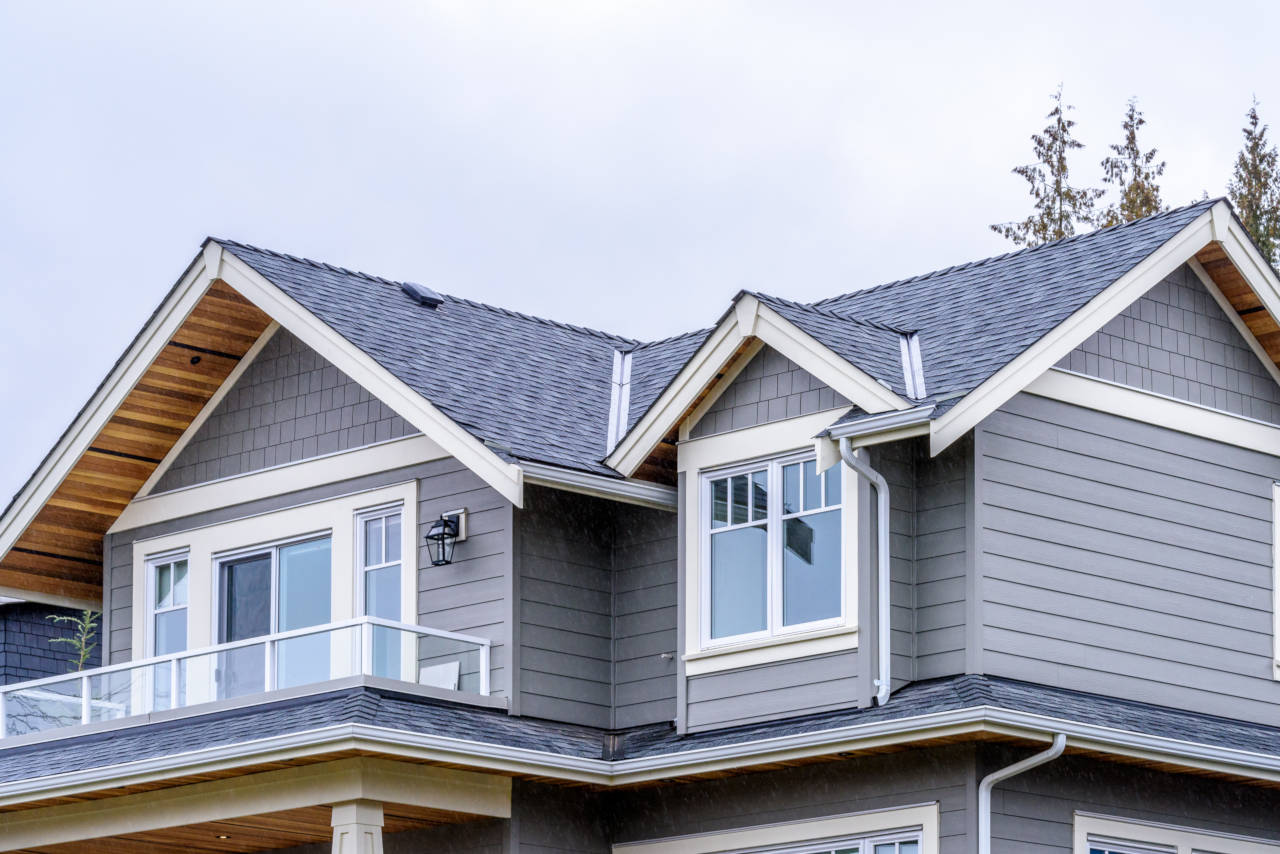
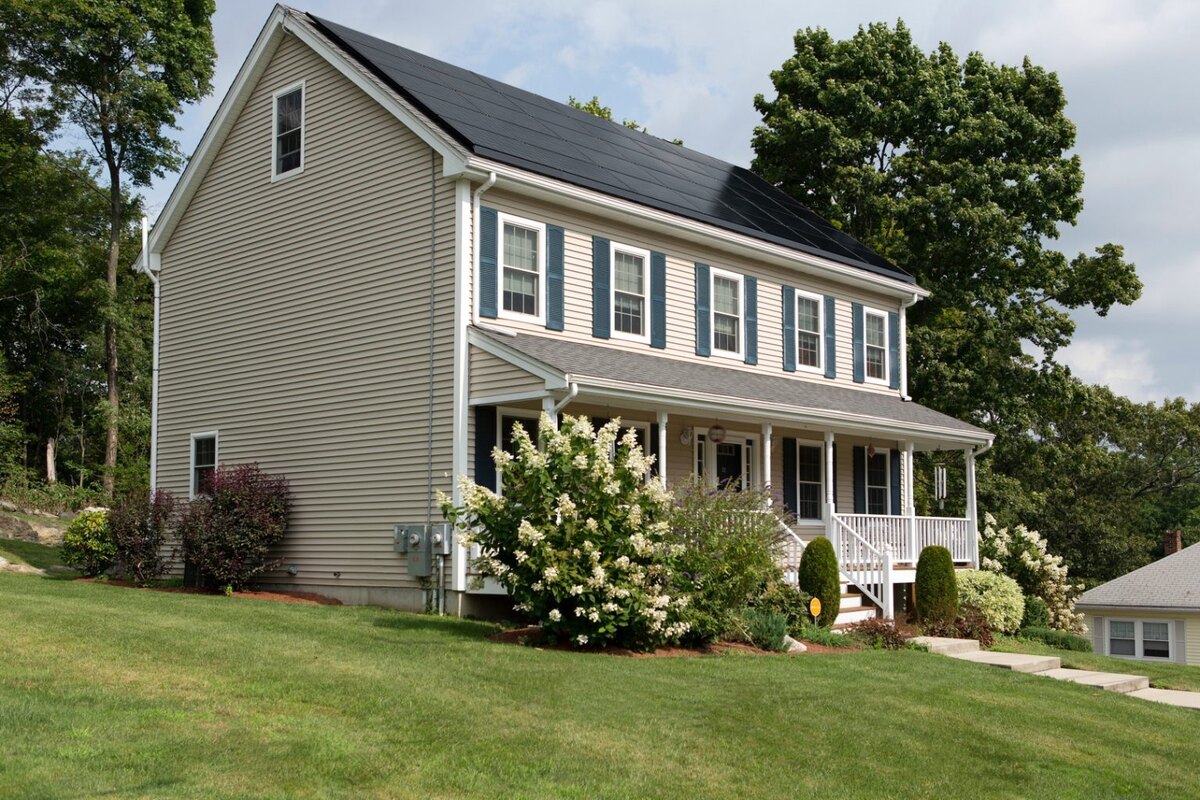
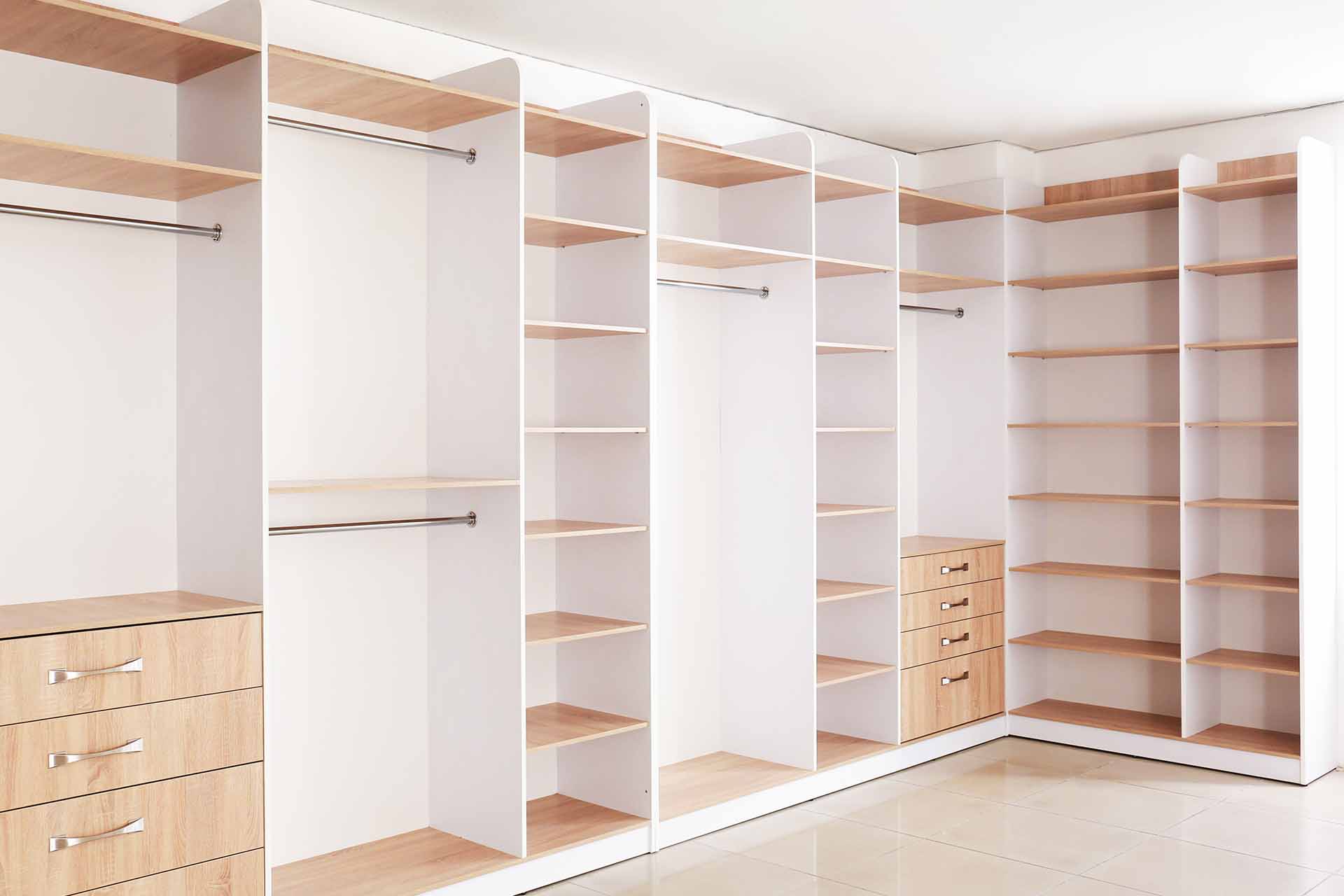
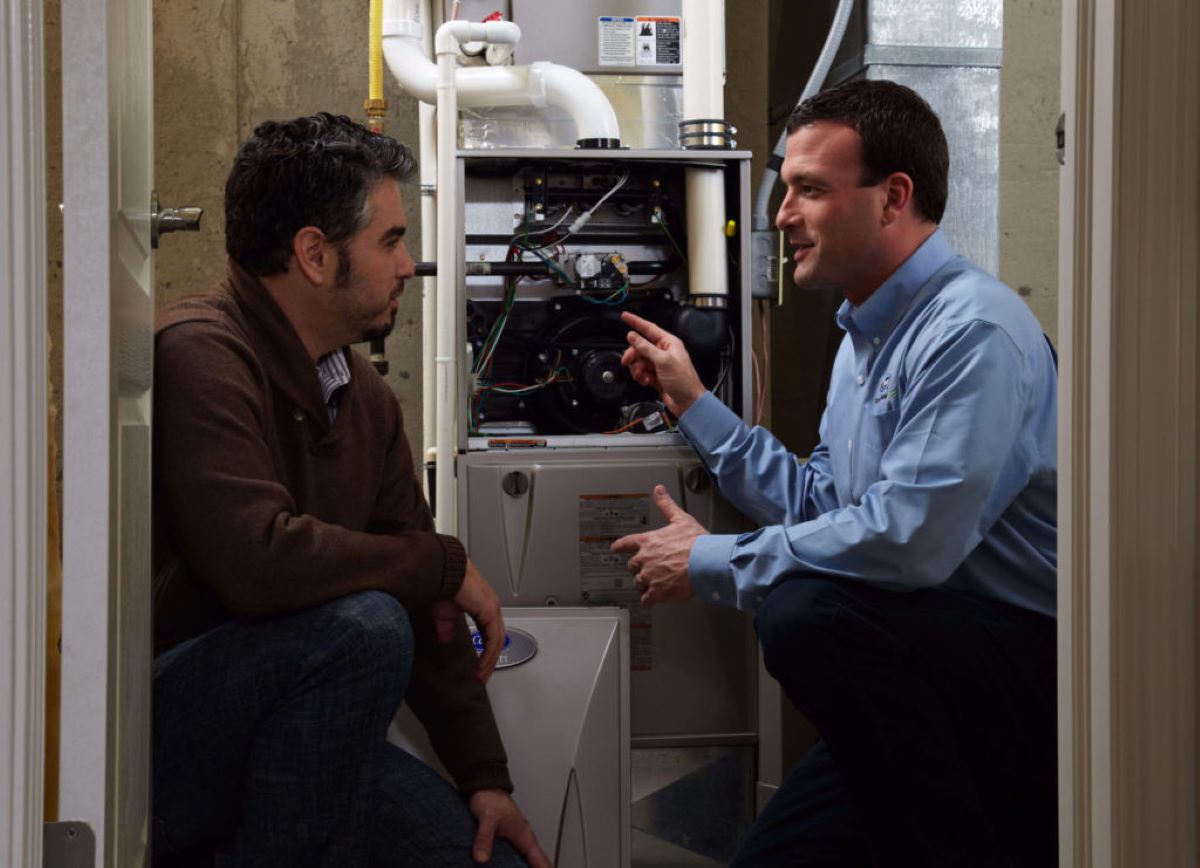
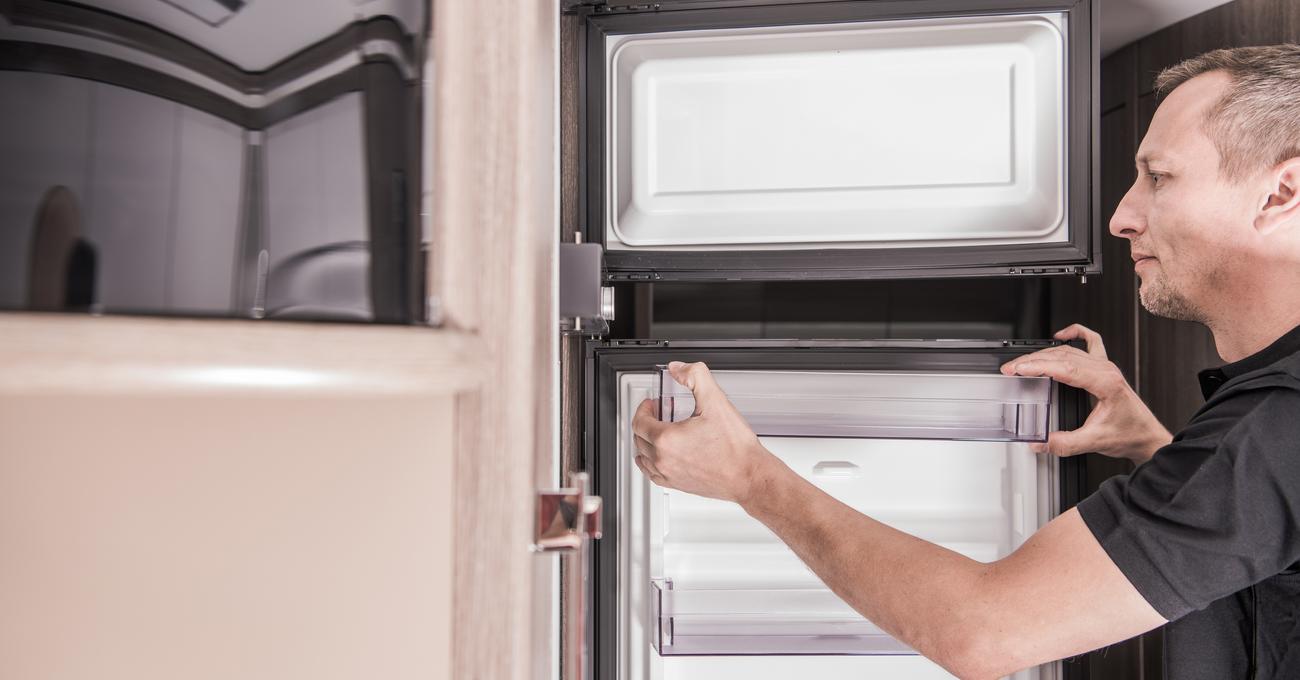
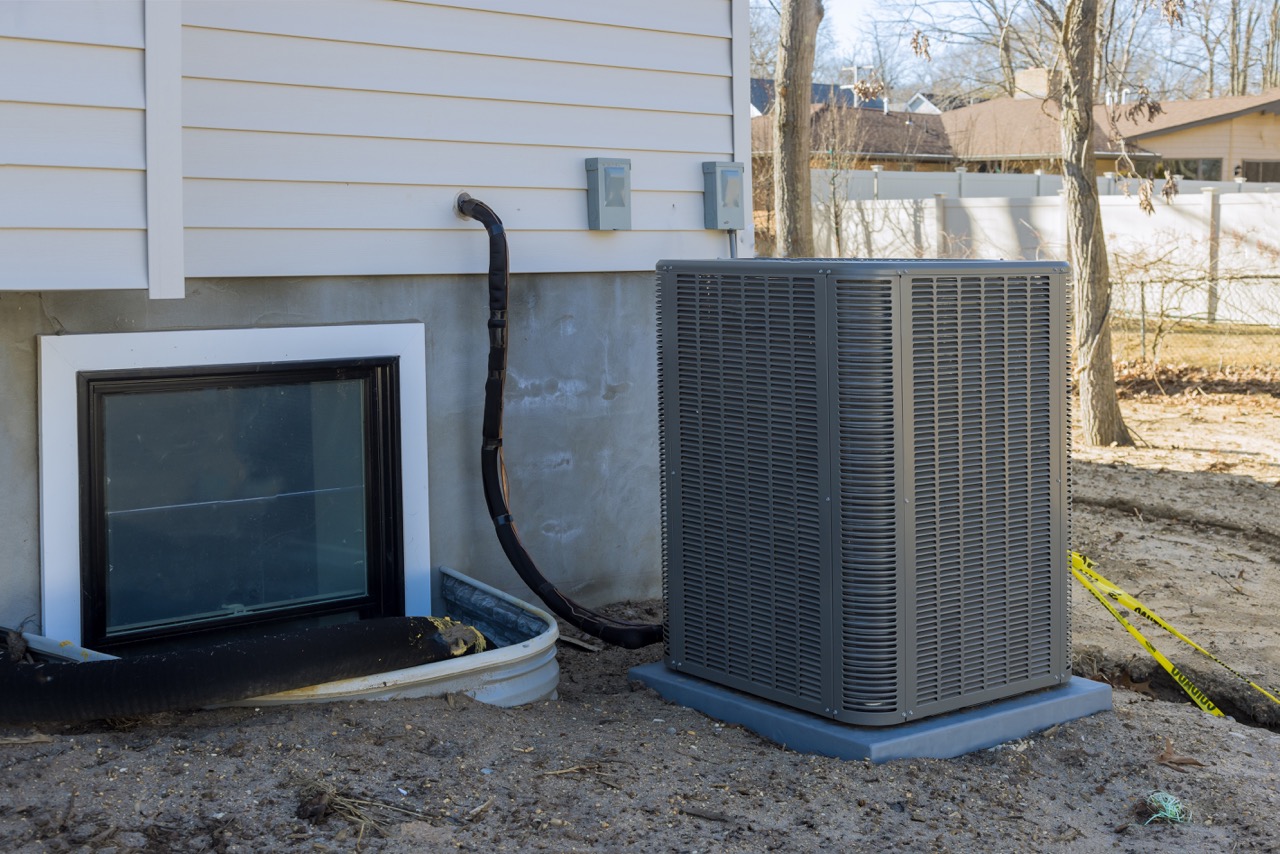

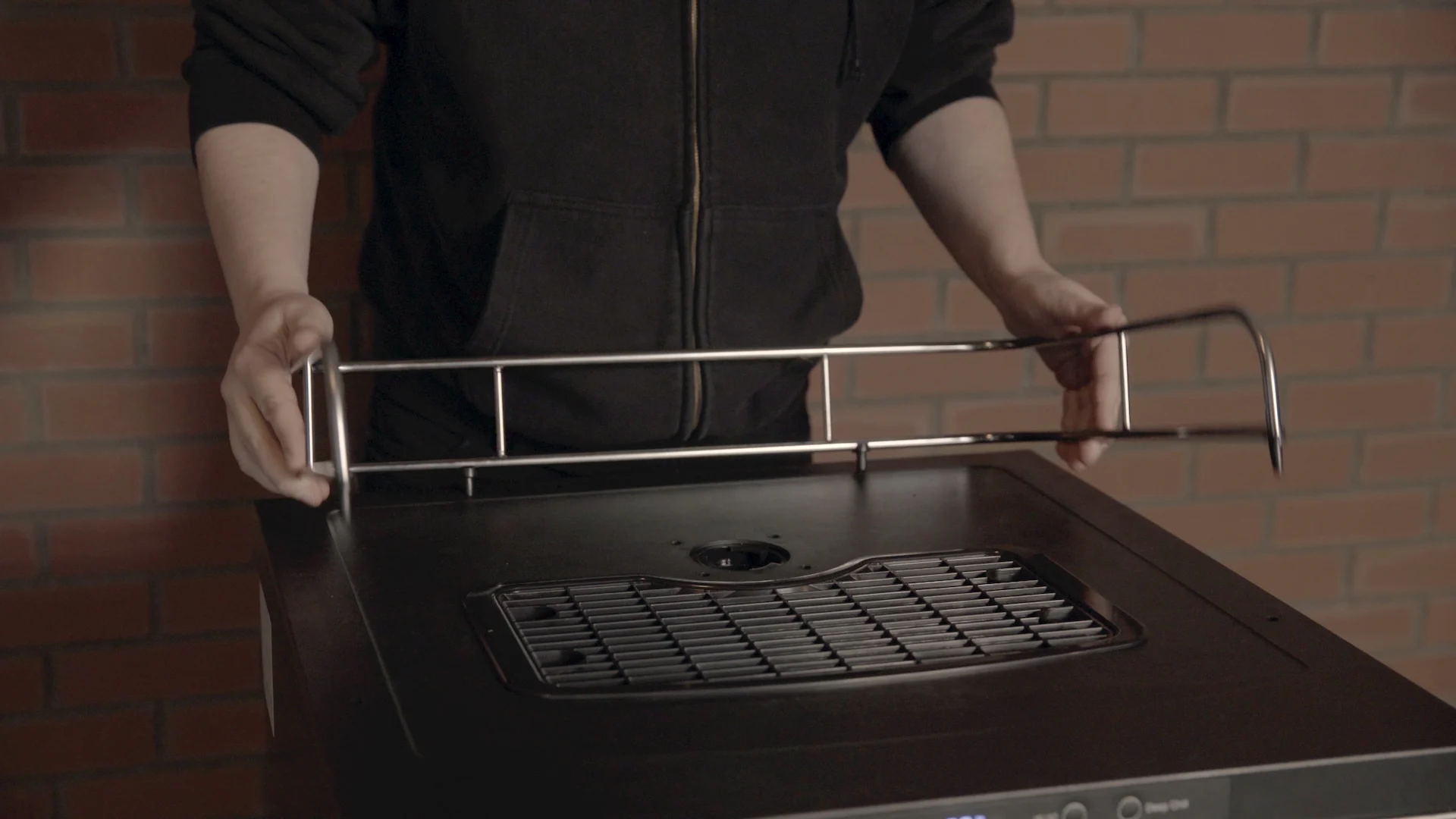

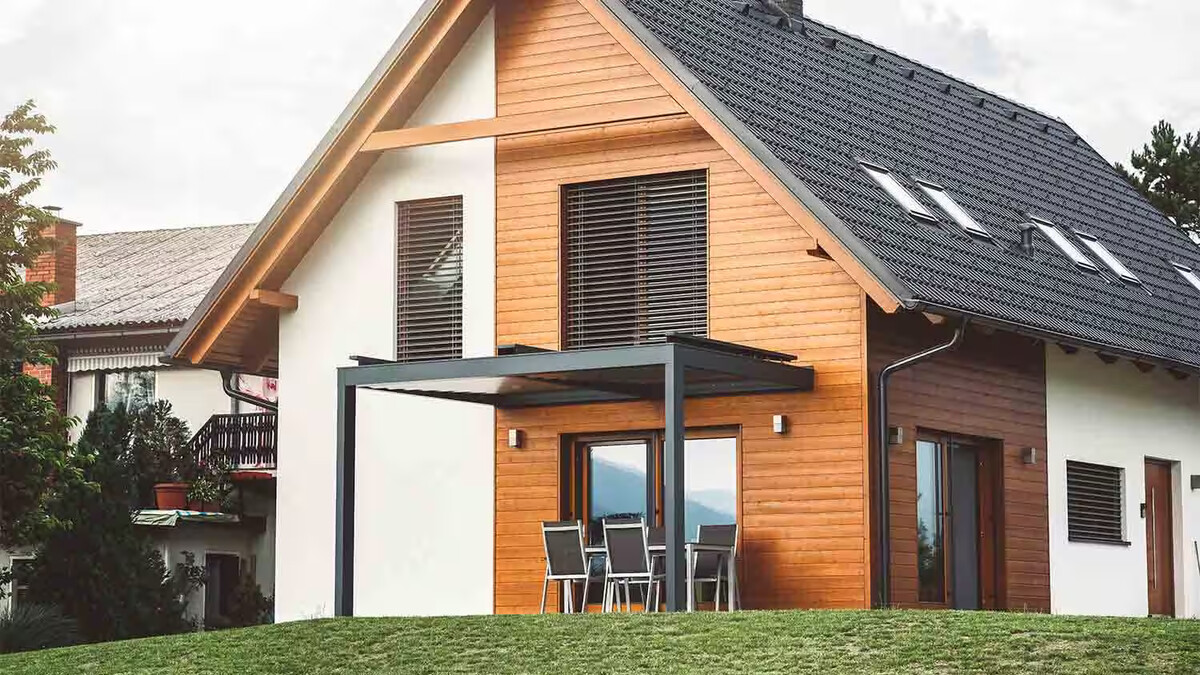
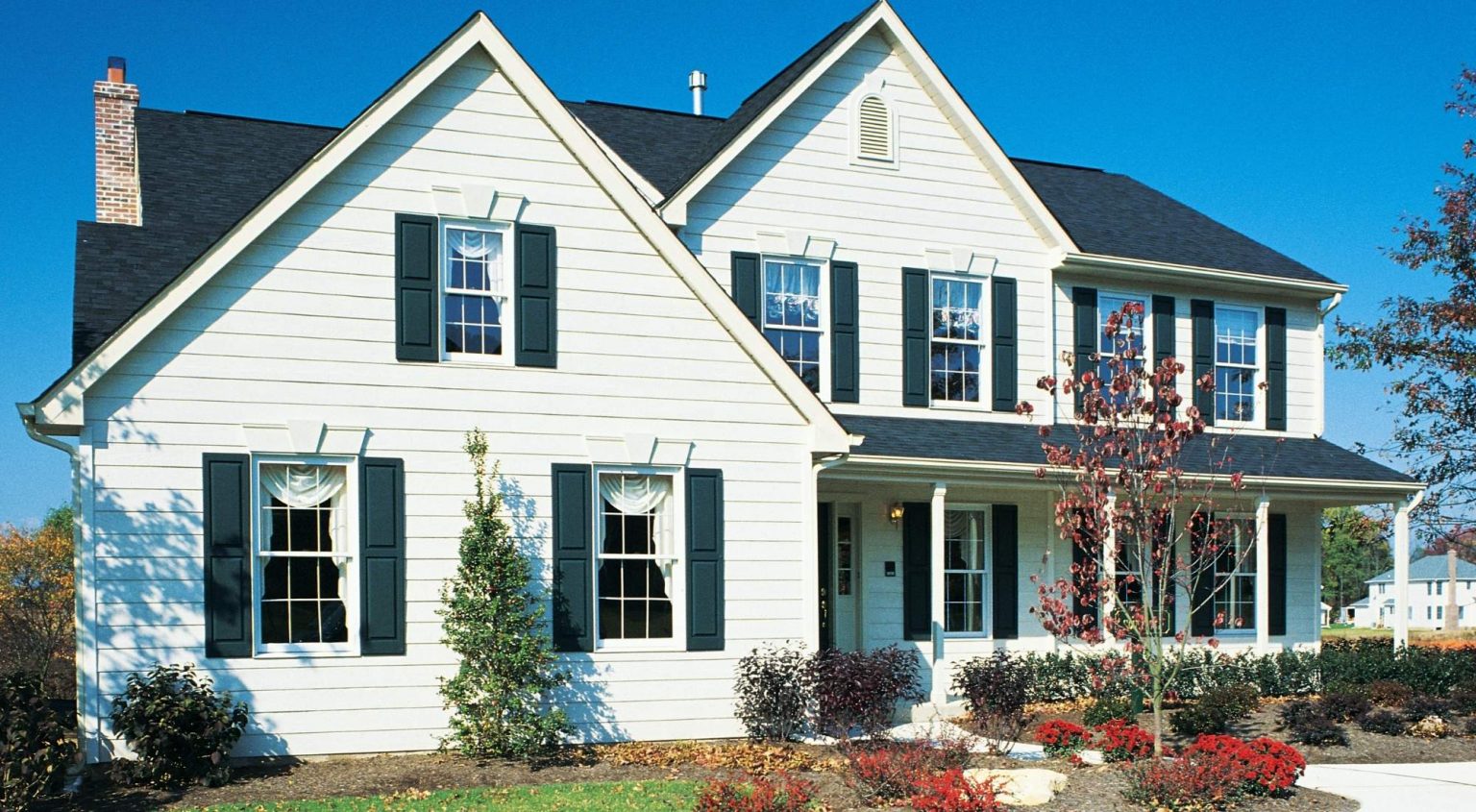
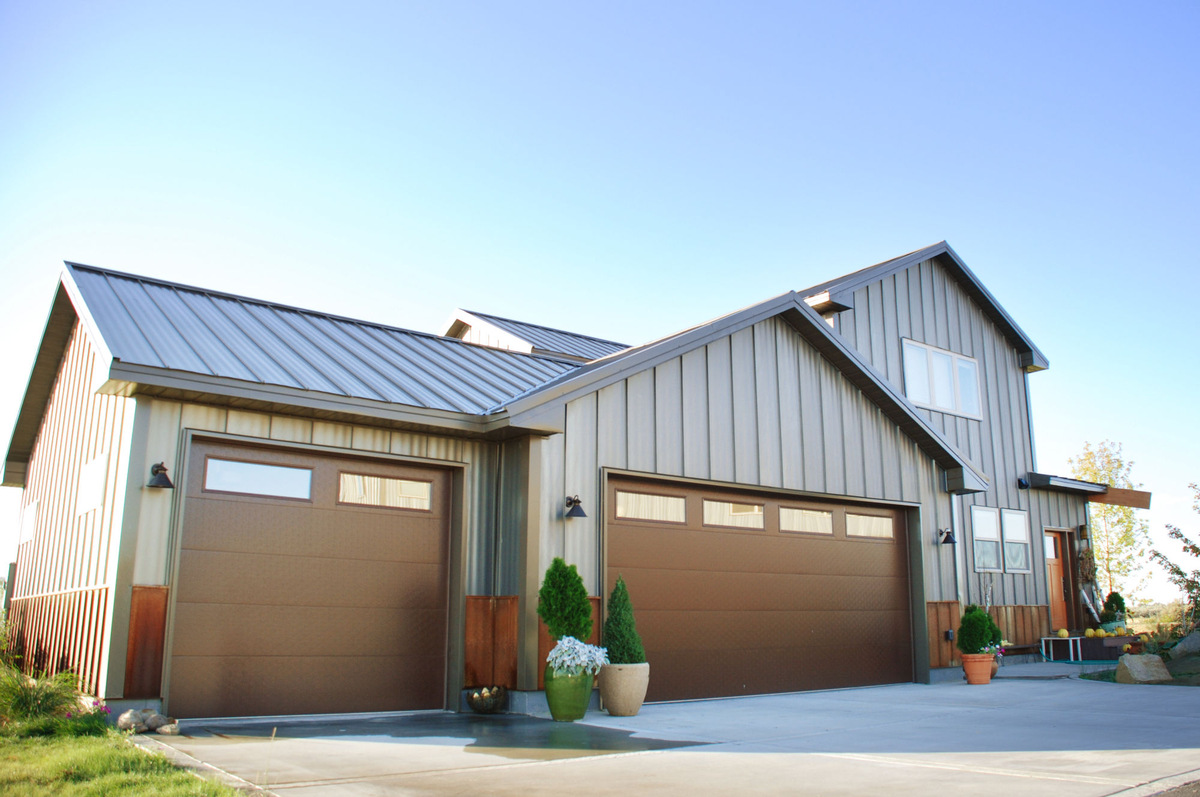


0 thoughts on “How Much Does It Cost To Get New Siding On A House”